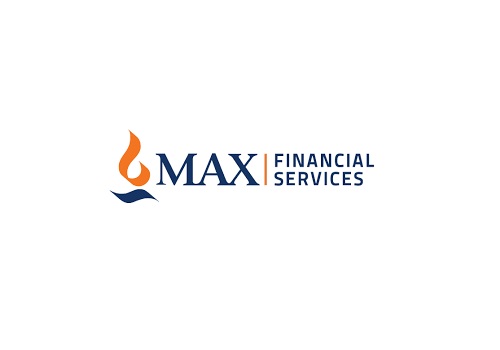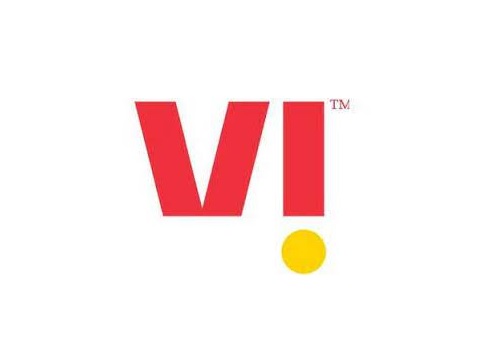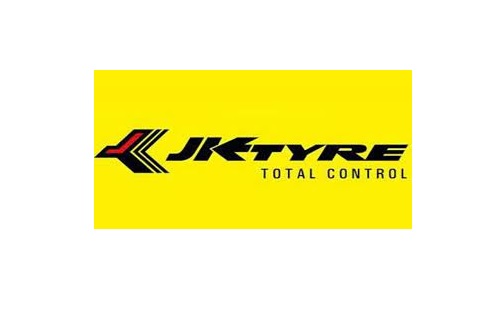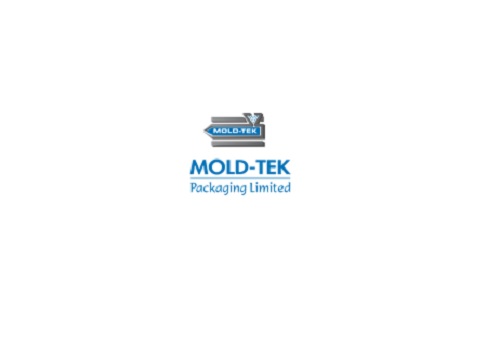Buy Avenue Supermart Ltd For Target Rs.4500 - JM Financials

Avenue Supermarts
DMart’s Sep-Q report was broadly on expected lines. Visible acceleration in growth in average revenue per store (+6.5% vs 4-5% in recent quarters) notwithstanding continued weakness in Discretionary segment is encouraging. LFL growth of 8.6% (1H) for two years or older stores is reasonably strong; this, however, implies that newer stores are pulling system average growth down by quite a bit, which needs some working-upon. Other interesting takeaways: 1) Footfalls at stores continued to get better - 1H average represents a 5% improvement over FY23 level. 2) Basket-size was tad lower vs FY23 average. 3) Apr-Sep capex of INR 12.7bn (Standalone) was significantly higher than the spends needed for the 12 new stores opened (0.5mn sq ft) – nearly 2x, in fact. This implies that a lot more underconstruction stores are in the pipeline. On the flip side, Discretionary sales are still not picking up well and margin within Discretionary could also have dropped by a couple of %-points. Positives outweigh negatives at this stage, though. Worst in terms of revenue weakness appears behind and comps are also more favourable going forward. We remain bullish - businesses with such long growth runways are rare, in our view.
DMart’s Sep-Q report was broadly on expected lines. Visible acceleration in growth in average revenue per store (+6.5% vs 4-5% in recent quarters) notwithstanding continued weakness in Discretionary segment is encouraging. LFL growth of 8.6% (1H) for two years or older stores is reasonably strong; this, however, implies that newer stores are pulling system average growth down by quite a bit, which needs some working-upon. Other interesting takeaways: 1) Footfalls at stores continued to get better - 1H average represents a 5% improvement over FY23 level. 2) Basket-size was tad lower vs FY23 average. 3) Apr-Sep capex of INR 12.7bn (Standalone) was significantly higher than the spends needed for the 12 new stores opened (0.5mn sq ft) – nearly 2x, in fact. This implies that a lot more underconstruction stores are in the pipeline. On the flip side, Discretionary sales are still not picking up well and margin within Discretionary could also have dropped by a couple of %-points. Positives outweigh negatives at this stage, though. Worst in terms of revenue weakness appears behind and comps are also more favourable going forward. We remain bullish - businesses with such long growth runways are rare, in our view.
Gross margin remained impacted by overall mix and some price-rationalisation as well, it seems; comps more favourable from 2H: As highlighted above, weaker mix on account of lower contribution from General Merchandise and Apparels (23.2% revenue share in 1HFY24 vs 24.8% in 1H LY) led gross margin lower but lower salience itself doesn’t seem to explain the entire fall in gross margin vs year-ago level. We believe that management is likely re-working on the Apparels portfolio itself which could have had some impact on Discretionary margin per se. Employee costs (+20% yoy) grew at a faster pace than topline but was made up by good control over Other Expenses (+16.7% yoy). On a perstore basis, SG&A grew 5.7% vs 6.5% growth in revenue with the lower flowthrough being entirely due to lower gross margin. The decline in gross margin flowed through entirely to EBITDA which grew c.12% to INR10bn - tad below our forecast. Stripping out tax refund of INR 1.4bn LY, adjusted net profit grew c.12% yoy to INR 6.6bn which is inline with what we were expecting.
Please refer disclaimer at https://www.jmfl.com/disclaimer
CIN Number : L67120MH1986PLC038784








.jpg)















